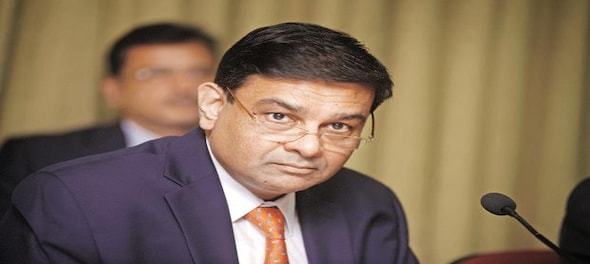
After Reserve Bank of India (RBI) governor Urjit Patel’s resignation, now the focus turns in to the appointment of the next governor and the process to be followed.
According to the rule book, the RBI governor is appointed by the Prime Minister’s Office (PMO) on the recommendation of the union finance minister aas per Section 8(1)(a) of the Reserve Bank of India Act, 1934.
"Section 12(1) - (1) If the Governor or a Deputy Governor (DG) by infirmity or otherwise is rendered incapable of executing his duties or is absent on leave or otherwise in circumstances not involving the vacation of his appointment, the 4

Section 7 of RBI Act on management says,
(1) The Central Government may from time to time give such directions to the Bank as it may, after consultation with the Governor of the Bank, consider necessary in the public interest.
(2) Subject to any such directions, the general superintendence and direction of the affairs and business of the Bank shall be entrusted to a Central Board of Directors which may exercise all powers and do all acts and things which may be exercised or done by the Bank.
(3) Save as otherwise provided in regulations made by the Central Board, the Governor and in his absence the Deputy Governor nominated by him in his behalf, shall also have powers of general superintendence and direction of the affairs and the business of the bank, and may exercise all powers and do all acts and things which may be exercised or done by the bank.
The governor and not more than four deputy governors of the RBI are appointed by the central government under the RBI Act. The governor and deputy governors hold office for periods not exceeding five years. The term of the governor may be fixed by the government at the time of his appointment.
In absence of the governor, a deputy governor nominated by him functions as the chairman of the central board. Salaries and allowances of the governor and deputy governors may be determined by the central board, with the approval of the central government.
Former RBI governor C. Rangarajan said the appointment of next central bank head has to be made by the government.
"Protocol says the senior most RBI deputy governor assumes charge when the RBI governor resigns, but the government has to officially notify this. Currently, DG Vishwanathan is the senior most DG," said a former RBI deputy governor requesting anonymity.
Patel resigned from his post on account of personal reasons, with immediate effect. "On account of personal reasons, I have decided to step down from my current position effective immediately," Patel said in a statement.
The 54-year old Indian economist had served as the deputy governor for three years before his appointment as the governor on September 4, 2016.
First Published: Dec 10, 2018 7:12 PM IST
Check out our in-depth Market Coverage, Business News & get real-time Stock Market Updates on CNBC-TV18. Also, Watch our channels CNBC-TV18, CNBC Awaaz and CNBC Bajar Live on-the-go!


Lok Sabha Elections 2024 | How critical is Phase-5 for both NDA and I.N.D.I.A
May 20, 2024 7:30 AM
Lok Sabha Election Phase 5 Voting Live Updates: Leaders, actors among early voters as 49 seats poll today
May 20, 2024 6:34 AM

